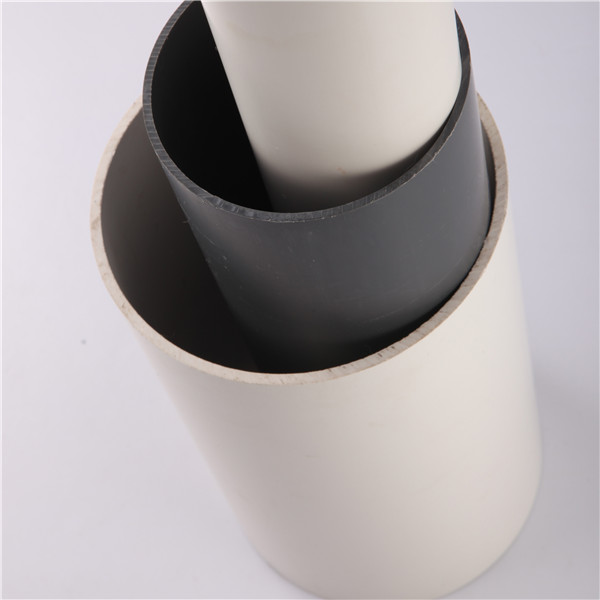Sep . 29, 2024 01:38 Back to list
Exploring the Benefits of High Density Polyethylene Cutting Boards for Your Kitchen Needs
The Benefits and Features of High-Density Polyethylene Cutting Boards
In any kitchen, a cutting board is an essential tool that serves both functionality and hygiene. Among the various materials available in the market, high-density polyethylene (HDPE) has gained popularity for its outstanding qualities, particularly in professional settings. This article delves into the numerous benefits and features of HDPE cutting boards, making them a preferred choice for chefs and culinary enthusiasts alike.
Durability and Resilience
One of the most significant advantages of HDPE cutting boards is their incredible durability. Unlike traditional wooden boards, HDPE boards are resistant to cracking and splitting. Their sturdy composition allows them to withstand heavy knives and other kitchen tools without sustaining damage. This resilience ensures that they have a longer lifespan, making them a cost-effective option in the long run. Furthermore, HDPE cutting boards are not prone to warping, which can be a common issue with wooden boards when exposed to moisture and temperature fluctuations.
Hygienic and Easy to Clean
Hygiene is a paramount concern in any kitchen, and HDPE cutting boards excel in this area. The non-porous surface of HDPE prevents the absorption of bacteria and odors, ensuring that food preparation is safe. Unlike wooden boards, which can retain moisture and harbor harmful pathogens, HDPE can be easily sanitized with hot water, soap, or even in a dishwasher, making them effortless to maintain. This ease of cleaning significantly reduces the risk of cross-contamination between different food items, which is essential for food safety.
Cutting Surface Quality
high density polyethylene cutting board

The cutting surface of an HDPE board is another excellent feature. The material provides a firm yet gentle surface for knives, which helps maintain the sharpness of blades better than some harder surfaces. Additionally, HDPE boards are less likely to dull knives compared to other cutting surfaces like glass or ceramic. The right balance of hardness ensures that while it protects knife edges, it also does not damage the board itself, maintaining its appearance over time.
Versatility
High-density polyethylene cutting boards come in various sizes, colors, and thicknesses, allowing users to select options that best suit their kitchen needs. The color-coded variety available can also be used strategically to minimize cross-contamination by designating specific boards for different food types—meat, vegetables, seafood, and more. This versatility makes HDPE boards suitable for both home cooks and professional chefs, adapting to varying culinary demands.
Cost-Effectiveness
While some may initially perceive HDPE cutting boards as a more expensive option, their durability and lower maintenance needs justify the investment. Given that they last longer and require less replacement, these boards can prove to be economical over time.
Conclusion
In summary, high-density polyethylene cutting boards are an excellent choice for anyone looking to enhance their kitchen experience. With their durability, ease of cleaning, knife-friendliness, versatility, and cost-effectiveness, they offer a combination of benefits that few other materials can match. Whether you are a weekend cook or a professional chef, incorporating HDPE cutting boards into your kitchen can undoubtedly elevate your food preparation processes while ensuring safety and hygiene. Embrace the advantages of HDPE and transform the way you prepare your meals!
-
High-Quality PPR Pipes and Fittings Durable ERA PPR & PVC PPR Solutions
NewsJul.08,2025
-
Black HDPE Cutting Board - Durable, Non-Porous & Food Safe HDPE Plastic Cutting Board
NewsJul.08,2025
-
High-Quality CPVC Panel Durable HDPE & PVC Panels Supplier
NewsJul.08,2025
-
Double PE Welding Rod Supplier - High Strength, Durable & Versatile Welding Solutions
NewsJul.07,2025
-
High-Quality PVC-O Pipe Supplier Durable 75mm PVC Pipe & Connections Leading PVC Pipe Company
NewsJul.07,2025
-
HDPE Drainage Pipe Supplier – Durable & Corrosion-Resistant Solutions
NewsJul.06,2025

